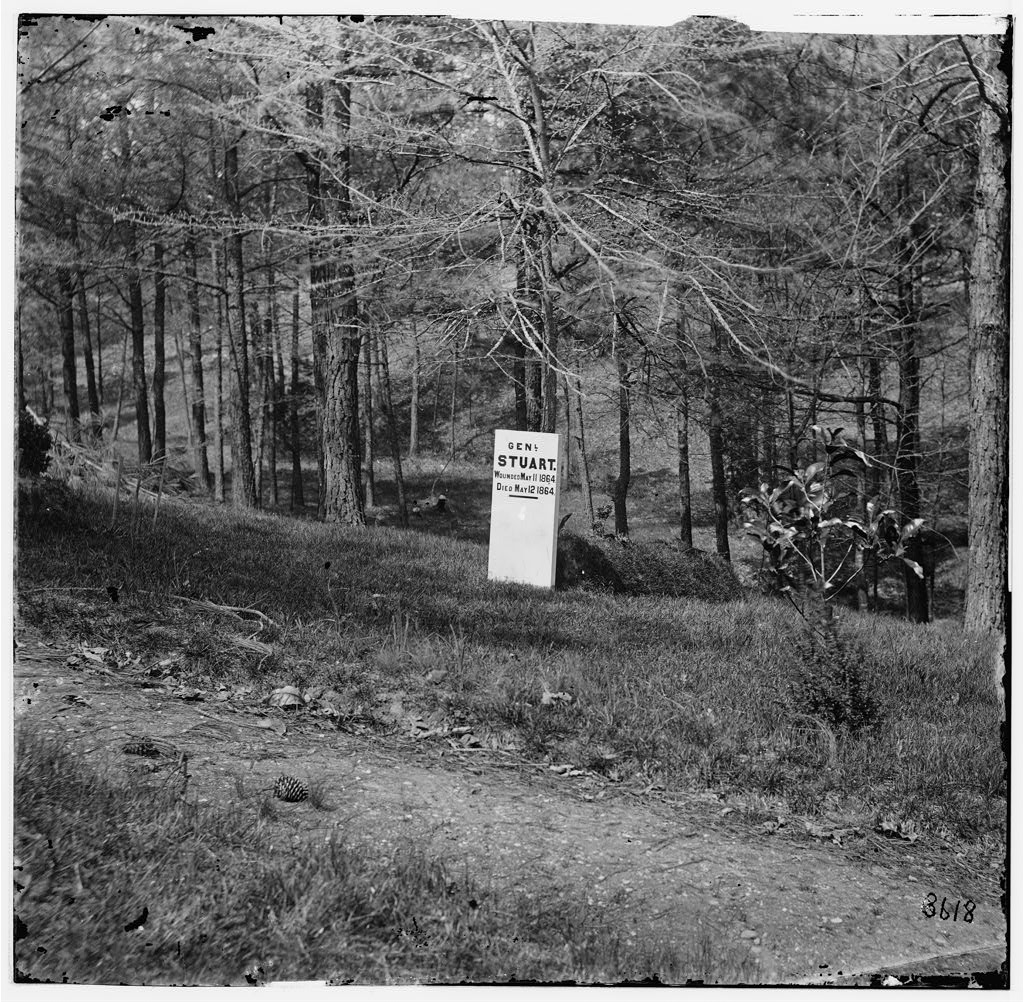The Battle of Yellow Tavern

I have always been fascinated by the background story on the Battle of Yellow Tavern. It did not come about because of a grand strategy, nor was there a great engagement that proceeded it, similar to those in the Seven Days’ Battle. The main cause of the battle was a confrontation between the commander of the Army of the Potomac, Maj. Gen. George Meade and his cavalry commander, Maj. Gen. Philip Sheridan. They came to blows late on the morning of May 8 on the battlefield of Spotsylvania. Colliding at Meade’s headquarters, the two men engaged in a fiery shouting match over, among other things, the army’s failure to reach Spotsylvania Court House ahead of the Confederates. Sheridan left the argument vowing that if given the chance, he would defeat the Rebel cavalry on their own terms. Rather than receiving a reprimand for his conduct, Lieut. Gen. Ulysses S. Grant gave Sheridan his wish.
The next morning, Sheridan’s corps, numbering around 10,000 troopers struck out to the south. It was not long before the commander of the Confederate cavalry corps, Maj. Gen. James Ewell Brown “J.E.B.” Stuart, was riding in hot pursuit. Although Rebel horsemen dogged his rear guard, Sheridan’s advance made good time. In an effort to draw Stuart out in the open and away from any support that infantry might offer, Sheridan angled his column toward the enemy capital of Richmond.
Following two days of heavy marching, Stuart intercepted the lead elements of the Union advance near a hostelry known as Yellow Tavern. Brig. Gen. George A. Custer’s Michigan brigade led the Federals against a position held by Brig. Gen. Lunsford Lomax. Lomax’s troopers turned back Custer’s assault, only to be driven from the field by additional Union attacks led by Cols. Thomas Devin and Alfred Gibbs. Lomax retreated to the north. Under Stuart’s personal eye, they reformed along a ridge with Brig. Gen. Williams C. Wickham.
Around 4 p.m., Custer launched an assault on the ridge. Supported by Brig. Gen. James Wilson’s division and Gibbs’ brigade, Custer’s Wolverines carried the high ground. During this attack, Stuart was mortally wounded. A trooper from the 3d Virginia remembered “I saw Stuart sway in his saddle…I could easily tell he had been shot because his head drooped and his famous plumed hat fell to the ground…later I heard that he was badly wounded and would probably not live”. This Virginian’s assessment would prove to be true. Evacuated from the battlefield to Richmond, Stuart passed away the following evening in a house on West Grace Street. Although Yellow Tavern has been largely swallowed by urban development, a monument now rests near the site where Stuart fell.